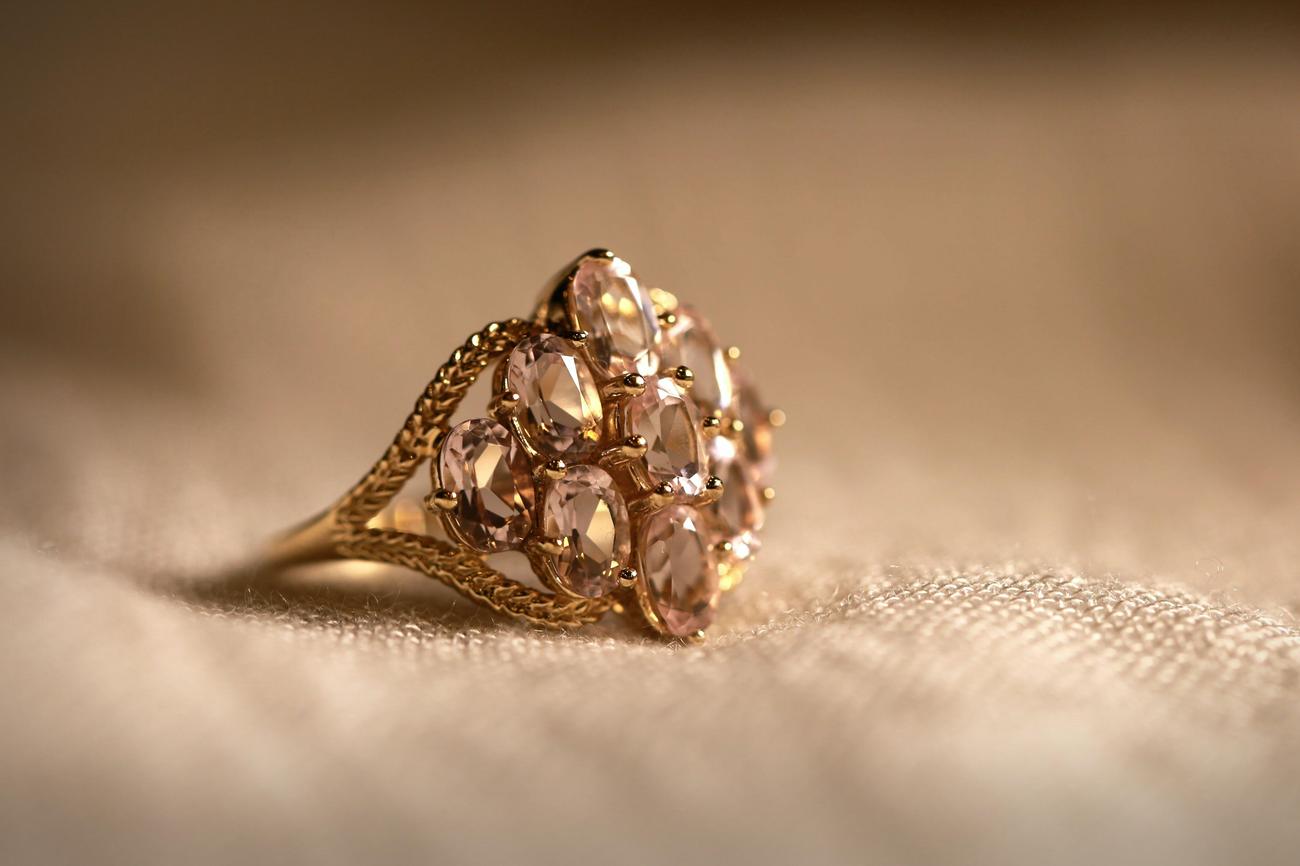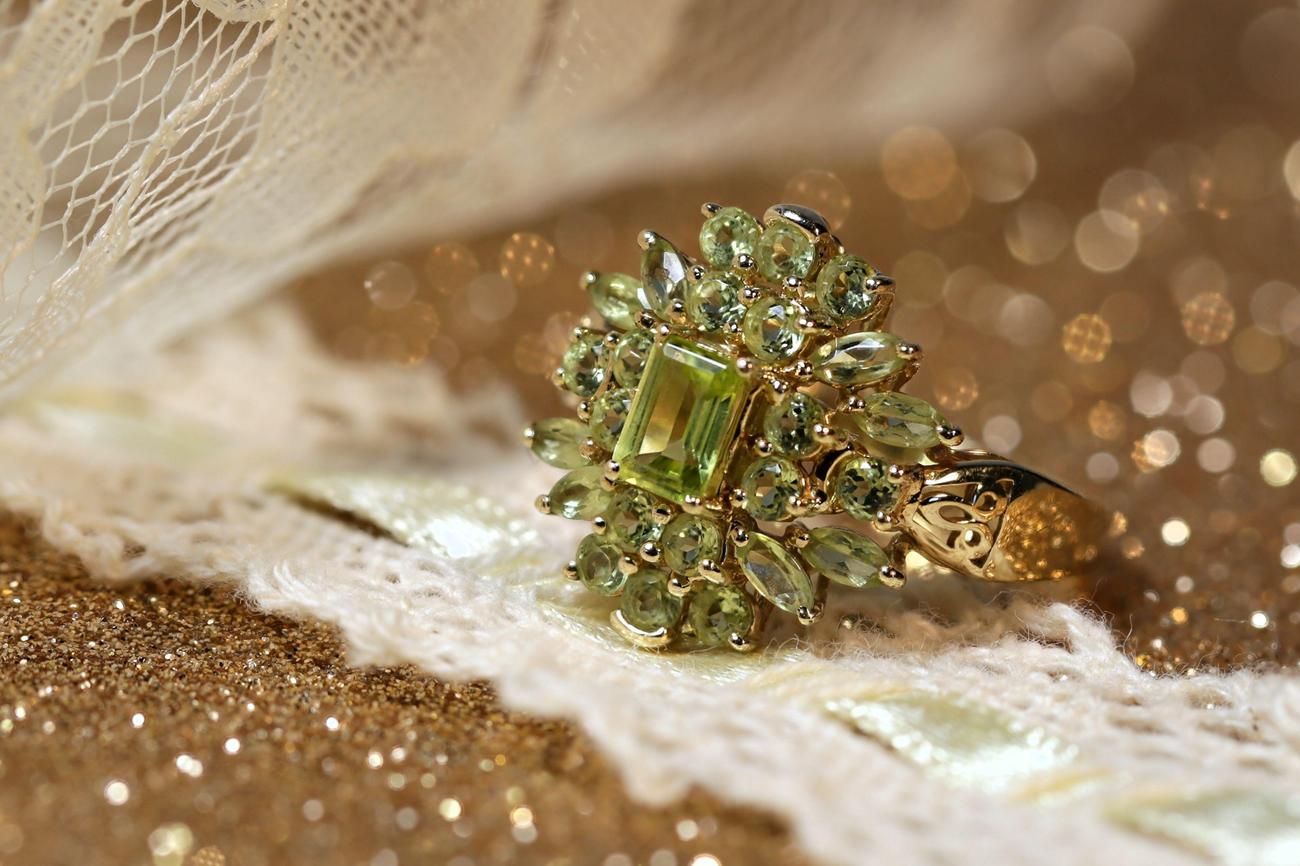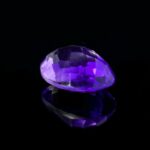Are you ready to unlock the hidden world of birthstones and delve into their secrets? In this article, we will take you on a thrilling journey through the fascinating world of birthstone trivia. From the mesmerizing origins to the enchanting meanings, prepare to be captivated by the intriguing gems’ secrets. As a seasoned gemologist with an insatiable passion for the jewelry industry, I have carefully curated a collection of interesting tidbits about birthstones that will leave you amazed. Get ready to embark on a dazzling adventure as we uncover the surprising stories and surprising facts behind these precious gems.

Interesting Tidbits About Birthstones
Birthstones hold a special place in the world of jewelry. These precious gems are not only visually stunning but also carry deep historical and cultural significance. Let’s dive into some intriguing trivia about birthstones that will leave you amazed!
The Fascinating Origins of Birthstones
The concept of birthstones dates back to biblical times. In ancient Jewish culture, twelve gemstones were associated with the twelve months of the year. Each stone was believed to possess special powers and offer protection to its wearer. Over time, these stones became associated with the zodiac signs and eventually evolved into the birthstone tradition that we know today.
The Vibrant World of Birthstones
Birthstones come in a stunning array of colors and varieties. From the fiery red of garnets to the regal purple of amethysts, each birthstone has its own unique charm. For example, aquamarine, the birthstone for March, dazzles with its captivating blue hue reminiscent of the ocean’s tranquil beauty. Emeralds, the birthstone for May, display a rich green color due to the presence of chromium molecules. And of course, who can forget the timeless beauty of diamonds, renowned for their sparkle and striking clarity?
Birthstones: More Than Just Jewelry
Birthstones go beyond mere adornments. They possess mystical and healing properties that have been revered across different cultures throughout history. For example, garnets, the birthstone for January, were believed to bring good health and protect against nightmares. Amethysts, the birthstone for February, were believed to enhance spiritual growth and boost creativity. These fascinating beliefs and associations make birthstones more than just pretty gems—they have the power to enchant and inspire.
Birthstone Traditions Around the World
The tradition of birthstones is not limited to a single culture. It is celebrated and embraced across the globe, with different countries often having their own unique birthstone traditions. For instance, in some Asian countries, yellow sapphires are considered the birthstone for November, whereas in the Western tradition, topaz takes this honor. These cultural variations make birthstones even more diverse and intriguing.
Exploring the Birthstone Calendar
The modern tradition assigns one to three gemstones for each birth month, offering individuals a range of options to reflect their birth month. While some months have a singular birthstone, others have multiple choices. December, for example, is the most chock-full birthstone month with an array of blue-hued gemstone options, including blue zircon, blue topaz, and tanzanite. This variety ensures that everyone can find a birthstone that resonates with their personal style and taste.
Unraveling the Birthstone Legends and Lore
Behind each birthstone lies a rich tapestry of legends and myths. These captivating stories enhance the allure of birthstones and add an element of intrigue to their beauty. Opals, the birthstone for October, were believed to bring good luck and protect against evil. Rubies, the birthstone for July, were considered the “king of gems” and were believed to preserve the wearer’s health and guard against misfortune. These tales make birthstones not just beautiful, but also imbued with a sense of mystery and wonder.
Wealth of Information on Birthstones
Interested in learning more about birthstones? The Gemological Institute of America (GIA), the International Gem Society, and the Farmers’ Almanac are great resources to explore. They offer insights into the history, lore, and healing properties associated with birthstones. For a comprehensive guide on birthstones and their history, I highly recommend checking out I.D. Jewelry’s blog. It’s a treasure trove of knowledge for any birthstone enthusiast!
Birthstones are more than just sparkling gemstones. They are a beautiful intersection of history, culture, and personal meaning. Whether you’re drawn to the vibrant red of garnets, the serene blue of aquamarine, or the timeless elegance of diamonds, birthstones offer a captivating glimpse into the world of precious gemstones. So, embrace your birthstone and let its fascinating story become a part of your own unique narrative.
Birthstones have a fascinating history and are believed to possess unique qualities and powers. If you’re curious to learn some fun facts about birthstones, you won’t want to miss out on this intriguing resource. Click here to explore fun-facts-about-birthstones and discover the hidden secrets behind these precious gems.

FAQ
Question 1: What is the most common color of garnet?
Answer 1: The most common color of garnet is red, although it can come in a variety of colors such as green, orange, and brown.
Question 2: How long has amethyst been popular?
Answer 2: Amethyst has been a popular gemstone for thousands of years, dating back to ancient civilizations.
Question 3: What is the color of aquamarine?
Answer 3: Aquamarine is a blue-colored gemstone, reminiscent of the serene color of the ocean.
Question 4: How does an emerald get its green color?
Answer 4: Emeralds get their green color from chromium molecules present in the beryl mineral.
Question 5: What is the cubic pattern in diamonds?
Answer 5: Diamonds have carbon atoms arranged in a cubic pattern, which contributes to their sparkle and durability.
- Mastering Leader in Spanish: The Complete Guide - April 19, 2025
- Uncovering Surprising Parallels: England Size Compared to US States - April 19, 2025
- Old Mexico Map: Border Shifts 1821-1857 - April 19, 2025
















